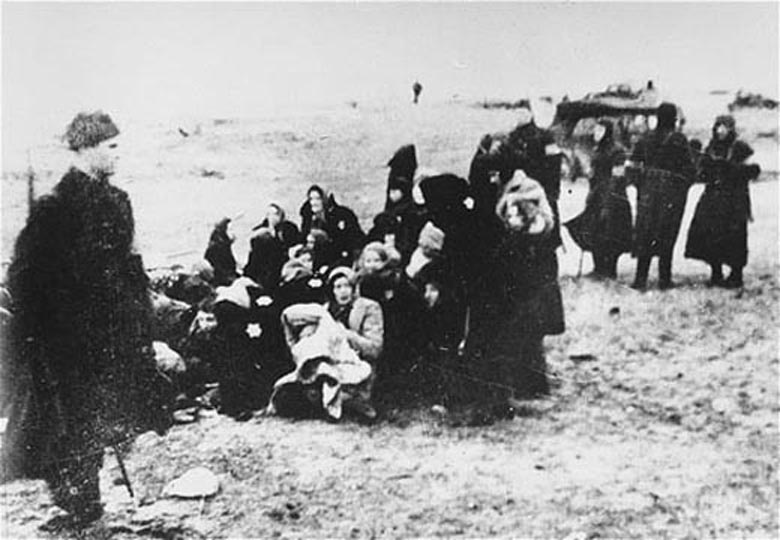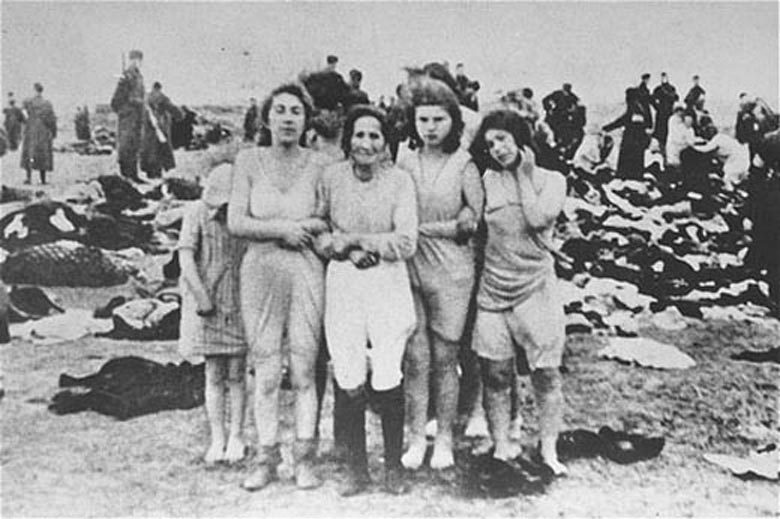Battle of the Atlantic
- The Australian destroyer Nestor sinks U-127 off Cape St Vincent with the loss of all 51 of the crew.
- U-77 sinks the British steamer Empire Barracuda (4972t) 34 miles northwest of Cape Trafalgar with the loss of 13 crewmen. 39 survivors are picked up by the British corvette Coltsfoot.
Burma
A Japanese brigade enters the country across the Kra Isthmus.
[Eastern Front
In their attacks northwest of Moscow the Soviets capture Klin and Istra and advance towards Kalinin claiming to have taken both towns. South of Moscow the threat to the town of Tula is relieved. Elsewhere the remorseless pressure of their offensive continues to wear the defending German units out.
In the northern sector Russian forces cross the Volkhov and establish a bridgehead 30 miles deep on the other side of the river. In the Schlüsselburg (Petrokrepost) area the German position investing Leningrad becomes dangerous.
NORTHERN SECTORThe I Corps completes its withdrawal to the Volkhov and, together with the XXXVIII Corps, fights to prevent the Red Army from crossing the river. Despite their efforts, the Soviet gain a bridgehead south of Lake Ladoga, threatening to break the ring around Leningrad.
CENTRAL SECTORAfter a bitter battle, the Germans are forced back into Kalinin, fierce street battles erupting as the 29th and 31st Armies push into the town. Klin falls to the 365th and 371st Rifle Divisions of the 30th Army and 348th Rifle Division, 50th and 84th Rifle Brigades of the 1st Shock Army after running battles during the night. The 3rd Panzer Army is retreating in disarray. Farther south the II Guards Cavalry Corps, operating ahead of the 5th Army, cuts the German line of retreat west of Zvenigorod, forcing the 4th Panzer Group to accelerate the pace of its withdrawal.
The battle around Klin had virtually destroyed the cohesion of the panzer forces north of Moscow. Amid terrible winter conditins, with engines frozen solid and weapons inoperable, the Germans could not counter the Soviet attacks. Never had a modern Western army encountered such difficult conditions and yet the Wehrmacht fought on, the struggle having taken on a brutality that forbade any quarter.
|
|
Most of the men from the Jewish population of the town of Liepaja, Latvia had been killed by December 1941. It was now decided to kill off the remaining population of mainly women and children, leaving only a minority behind who would be used as slave labour.
The men of the Einsatzgruppen were now confident of their procedures and capable of organising the killing in a relatively orderly way. The Jewish population of Liepaja were kept compliant by a curfew ordering them to stay in their homes, from where they were gathered up and taken to the local prison. From there groups were taken to the beach and split into groups of ten.
At the first stage they were ordered to undress down to their underwear, then they were moved closer to the killing site and many ordered to undress completely. From there they were very quickly taken to the edge of the mass grave and shot.
[Hong Kong
The Japanese attempt to ferry a small force over to Hong Kong Island from Kowloon but are pushed back.
[Malaya
The British forces have fallen back to Gurun and once more lose heavily to a Japanese attack. The Japanese fail to take Gurun, however. During the night, the Indian 11th Division begins a withdrawal from the Gurun positions to the Muda River area. The garrision of Penang Island fortress, opposite Butterworth, prepares to withdraw as the RAF abandons the Butterworth airdrome.
[Mediterranean
- Because of setback from the onset, the Italians abandon their re-supply effort.
- A torpedo from U-557 sinks the cruiser Galatea off Alexandria. 470 are lost.
- The British begin an operations to bring supplies to Malta from Egypt. Including the forces that set out from Malta 6 cruisers and 16 destroyers are involved.
North Africa
The British offensive is resumed all along the line but without success. The 4th Armored Bde attempts a wide sweep around the whole enemy position, but the ground is too rough to make rapid progress. As a result, the 1st Battalion, Royal East Kent Regt, isolated on Point 204, bears the brunt of a full-scale counterattack by the 15th Panzer Div. The Germans overrun the position about 1530 killing, wounding or capturing almost 1,000 men.
[Pacific
- The Japanese freighter Atsutasan Maru (11,391t) is sunk off the south coast of Hainan by the American submarine Swordfish. This is the first shipping loss of the war for Japan.
- The Dutch submarine O-16 sinks on a mine off Troman Island. Only 1 of her crew is able to swim ashore.
- The British tug Indira (637t) is sunk by Japanese bombing at Hong Kong.
Philippines
All US B-17 bombers are flown from the Philippines to Australia.
[Singapore
The Japanese begin their operations against Singapore. What is deemed an 'impregnable fortress' is only so from the sea. The Japanese will prove the epithet does not hold from land.
[Soviet Union, Home Front
Stalin, convinced that the offensive has saves Moscow, orders all functions of the Soviet state to relocate back to the city.
[
